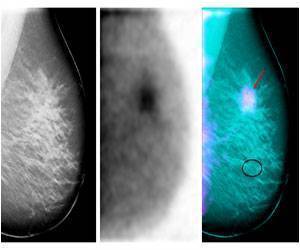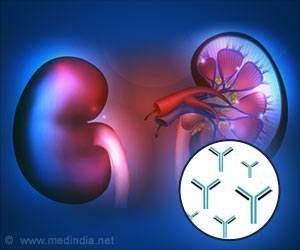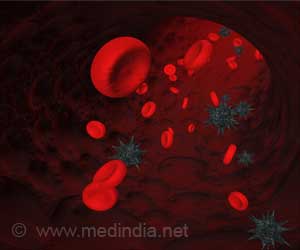In a mouse model, temporary functional preservation of photoreceptors was achieved using new bipartite gene therapy, shows study.

In spite of this high prevalence, the interplay between defective PDE metabolism and RP pathogenesis remains poorly understood. In several mouse models for RP, defects in the PDE6B enzyme result in increased levels of the signaling molecules cGMP (mediated by GUCY2E cyclase) and Ca2+ (mediated by the CNGA1 channel).
Several aspects of the EBM report are innovative. It not only tackles the lack of functional PDE6β (by augmenting function with conventional gene replacement), but simultaneously counteracts the central biochemical impact of that lost function by decreasing abnormally accumulated cGMP and Ca2+. Furthermore, they used a tissue-specific promoter to achieve cell-specific expression of the transduced genes, which is unusual for shRNA delivery.
The researchers at Columbia developed three different lentiviral vectors, each of them designed to deliver wild-type Pde6b cDNA and one of two shRNAs. One vector delivered the cDNA and GUCY2E shRNA to reduce cGMP levels; another vector delivered the wild-type cDNA and CNGA1 shRNA to reduce Ca2+ levels; the third delivered the cDNA and the Gucy2e shRNA with a tissue-specific promoter. The bipartite approach was conceived as a way to improve therapeutic efficacy over that of a single-therapy approach, which was tested in an earlier project from Dr. Tsang's lab. While the current project did not show improvement over their previous work, the researchers are optimistic that bipartite delivery may represent an important resource in future explorations of gene therapy in the eye and other tissues types.
Typical existing shRNA vector systems use the RNA polymerase III promoter, which is expressed in essentially all cell types, to drive expression of the transduced gene. However, expression of shRNA targeting GUCY2E in cone photoreceptors, which mediates color vision, would have unwanted and deleterious effects on vision. To achieve rod-specific expression of the shRNA, the researchers in this work embedded Gucy2e shRNA into the Pol II transcription unit of pre-miR34, which is expressed solely in rods. Similar methods can be used to target different tissues, so this method may have wide applicability.
The testing of shRNA therapeutic approaches in Pde6bH620Q mice should facilitate pre-clinical therapeutic evaluation of retinitis pigmentosa. Lessons learned from the proposed studies will eventually be translated into strategies for treatment trials in larger animal models of PDE6β deficiency, such as Irish Setter dogs, before seeing application in human therapeutics.
Advertisement
Source-Eurekalert












